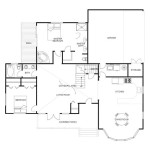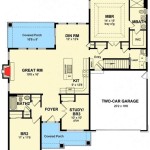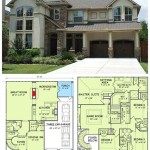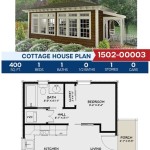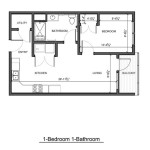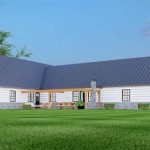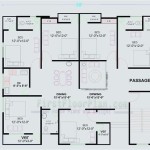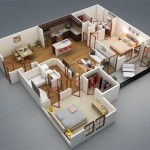Designing and Building a 2-Bedroom In-Law Suite Addition
Adding an in-law suite to your home is a popular way to create a separate living space for aging parents, adult children, or extended family members. A 2-bedroom in-law suite allows for comfortable accommodations and privacy, providing a dedicated space for these individuals. This article provides a comprehensive guide to the process, outlining key aspects of designing and building such an addition.
1. Design Considerations
The first step in planning an in-law suite addition is to meticulously design the space. This involves considering the following factors:
1.1. Functionality:
Define the specific requirements of the in-law suite. Will it be a full-time residence, a temporary stay for visiting family members, or a space for assisted living? This will determine the necessary amenities, such as a kitchen, bathroom, and living space.1.2. Accessibility:
If the suite is intended for seniors or individuals with mobility limitations, ensure accessibility features are integrated into the design. This includes wide doorways, wheelchair-accessible bathrooms, and grab bars.1.3. Layout:
The layout of the in-law suite should prioritize functionality and flow. Separate bedrooms for sleeping and a dedicated living area for gathering or relaxation are essential. A private entrance and a separate laundry area are also recommended.1.4. Natural Light and Ventilation:
Natural light is crucial for creating a welcoming and comfortable living space. Design the suite with large windows and skylights to maximize daylight. Adequate ventilation is also essential for maintaining air quality.1.5. Aesthetics:
The aesthetic of the in-law suite should complement the existing style of the main house. Choose colors, materials, and finishes that create a cohesive look and feel.2. Structural Considerations
The structural integrity of the existing house must be carefully considered before commencing construction. A qualified structural engineer should assess the foundation, framing, and roof to determine the load-bearing capacity of the existing structure. This assessment is critical to ensure the safety and stability of the entire building during and after the addition.
2.1. Foundation:
Evaluate the existing foundation for its ability to support additional weight. If necessary, a new foundation may need to be constructed for the in-law suite addition. This could involve pouring concrete or using other methods to reinforce the existing foundation.2.2. Framing:
The framing of the addition must be securely connected to the existing house framing. This often involves using structural beams or headers to transfer the weight of the new addition to the existing structure. Professional framing techniques and proper connections are crucial for ensuring stability.2.3. Roofing:
The roof of the in-law suite addition should be seamlessly integrated with the existing roof. This may involve extending the existing roofline or constructing a separate roof structure that is connected to the main house. Waterproofing and adequate drainage are essential to prevent leaks and damage.3. Permits and Regulations
Before construction can begin, it is crucial to obtain the necessary permits and comply with local building codes and regulations. These permits ensure that the addition complies with safety standards and does not violate zoning ordinances. Consult with the local building department for specific requirements and procedures.
3.1. Building Permits:
Building permits are usually required for any structural additions, including in-law suites. They are issued after reviewing the plans and specifications, ensuring compliance with building codes.3.2. Zoning Permits:
Zoning permits may be necessary if the addition alters the size or footprint of the property or changes the intended use of the dwelling. These permits ensure that the development is consistent with local zoning regulations.3.3. Electrical, Plumbing, and HVAC Permits:
Separate permits may be required for electrical, plumbing, and HVAC work. Inspections are typically conducted to ensure that these systems are installed safely and meet code requirements.
Mother In Law Suite Floor Plans Resources

Pin Page

Inlaw Home Addition Costs Package Links

Adding An In Law Suite To Your Home Designing Perfect House

Pin Page

In Law Additions Gerber Homes Remodeling Rochester Ny

2 Bedroom House Plan Guest Or In Law Suite Ready To Build Architectural Drawings Instant

Modern Style House Plan 2 Beds Baths 1146 Sq Ft 100 464

Find The Perfect In Law Suite Our Best House Plans Dfd Blog

Designing And Building New Homes With Mother In Law Suites David Weekley

